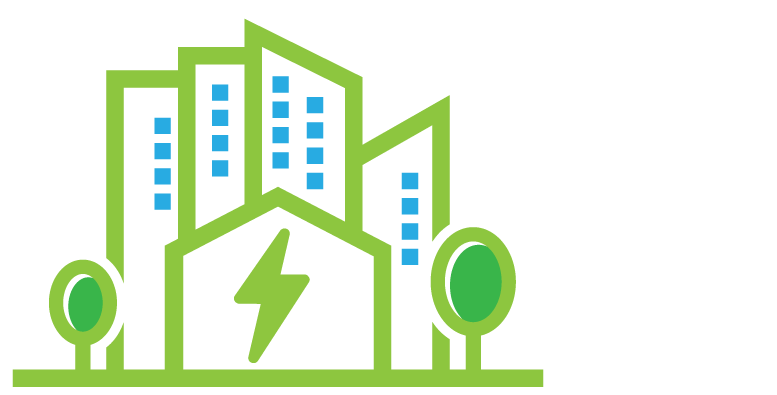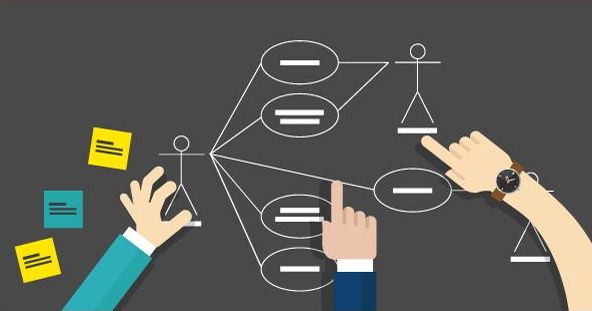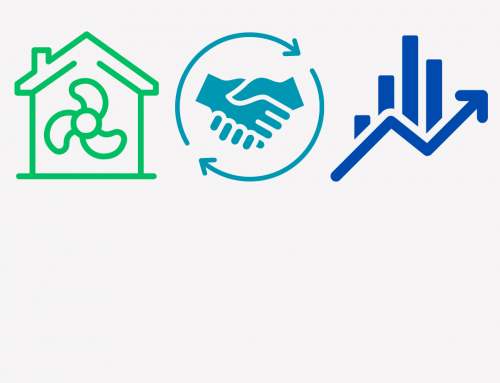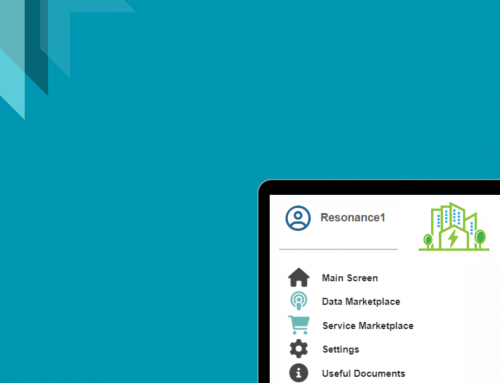RESONANCE has now identified ten generic business use cases and elicited a set of high-level requirements for the RESONANCE Software Framework which have fed into the design of an initial Framework architecture.
Mapping standardised use cases with pilot objectives
A main aim in RESONANCE is to ensure compliance with current smart home and smart grid standards, contributing to their further development for easier use and replication of solutions. The project approach has therefore been to identify the standardised use cases relevant for RESONANCE and map them to the pilot objectives, this way also exposing the gaps and needs for additional use cases.
Based on an analysis of existing standards, RESONANCE has chosen to select business use cases from the IEC 62746-2 standard, since they fit well with the scope of RESONANCE, and in particular the support of demand response. The result is ten generic business use cases with emphasis on energy management and flexibility, of which three are additional ones, not covered by the standard:
Generic business use cases relevant to RESONANCE
Flexibility provision / Demand-side flexibility for markets:
1. Demand supply adjustment
2. Direct load-generation management
3. NEW: District heating network aggregation
4. NEW: Grid ancillary services by battery aggregation
Local energy management / Local optimisation:
5. Manage mixed energy system like heat pumps with PV & battery
6. District energy management
7. Tariff synchronization
8. NEW: Government incentives for storage
Assets monitoring and control:
9. Flexible start of a Smart Device
10. Provide local power managing capabilities
Requirements and architecture
An initial set of high-level requirements which describe what the system should do and how, has been derived from the use cases, serving as a starting point for an initial common system architecture for the RESONANCE Software Framework with context, functional, interoperability and deployment viewpoints.
The next step for the project is to further elaborate on the business use cases through workshops with each of the pilot sites, making the use cases pilot-specific. A final description of the use cases, requirements and architecture, covering system use cases and their instantiation to each pilot, as well as detailed requirements, will be available in October 2024.
Want to explore the details? Check out the deliverable D2.1 Initial Requirements and Common System Architecture.






